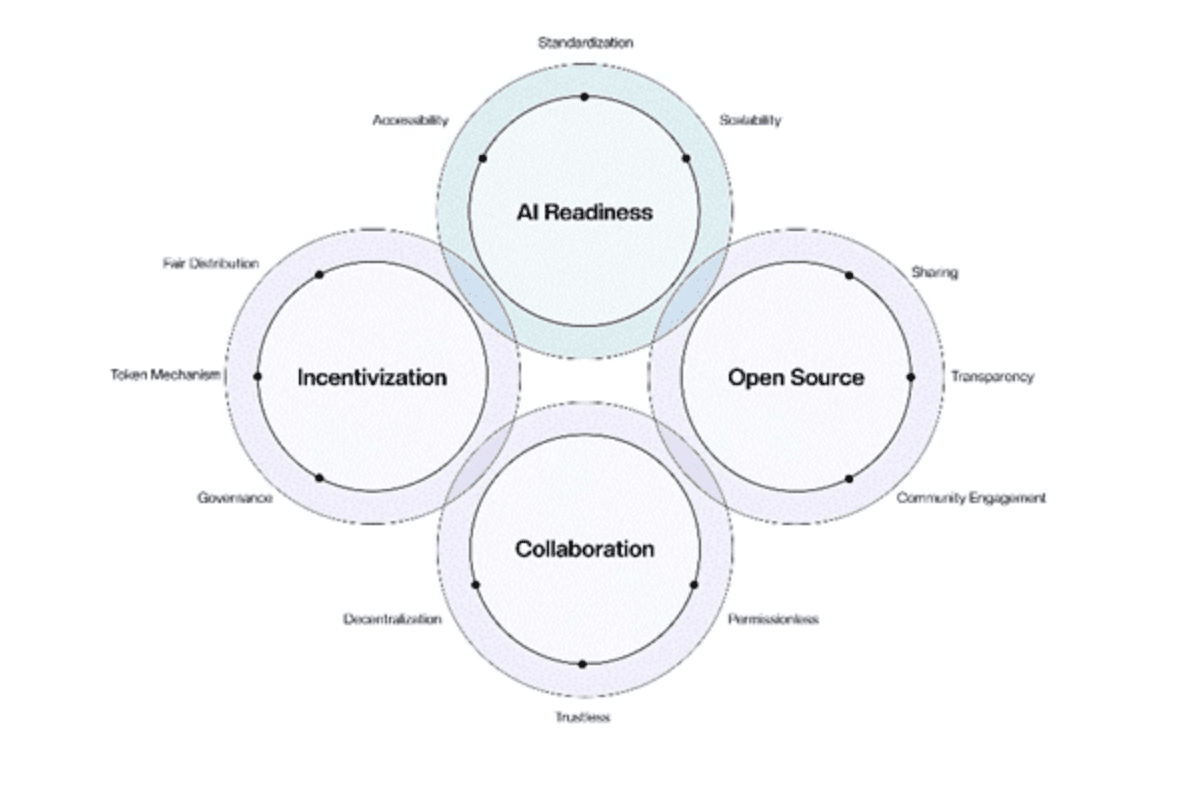We've covered the technology, the team, the market, and the future roadmap. But all of it rests on a single, non-negotiable foundation: trust. In an industry where billions of dollars are moved based on data, the principle of "garbage in, garbage out" can lead to catastrophic failure. If the data is wrong, nothing else matters.
Today, we dive into the most critical aspect of any data infrastructure project: its commitment to security and data integrity.
For a data platform like Chainbase, providing accurate, reliable, and untampered data is not just a feature, it is the entire product. Developers building everything from DeFi protocols to NFT marketplaces rely on the absolute veracity of the information they receive. Any doubt in the data's integrity would render the entire platform useless. Therefore, understanding the security measures and validation processes of Chainbase is essential to evaluating its long-term viability.
The challenge is immense. Blockchains are complex, dynamic systems. They are subject to issues like network latency, node synchronization errors, and even "chain reorganizations" where the most recent blocks are briefly altered. A professional data provider must navigate this chaos to deliver a single, consistent source of truth. The architecture of Chainbase is engineered specifically to solve this problem through a multi-layered defense.

Redundant and Diversified Node Infrastructure
The first line of defense against bad data is redundancy. Chainbase does not rely on a single node for its information on any given chain. Instead, it operates a geographically distributed and diversified fleet of nodes. This setup ensures that if one node provides inaccurate data or temporarily falls out of sync with the network, its data can be cross-referenced against multiple other nodes. This distributed approach minimizes the risk of a single point of failure and is the first crucial step in the data validation pipeline.
Rigorous Data Reconciliation and Auditing
Once the data is ingested from this redundant node layer, it goes through a continuous process of reconciliation. Think of this as having multiple, independent fact-checkers constantly reviewing a story before it's published. The systems within Chainbase are designed to compare data streams, flag discrepancies, and resolve conflicts automatically, ensuring that the final, indexed data served to developers is the most accurate possible reflection of the blockchain's state. This rigorous, programmatic auditing is what allows Chainbase to guarantee the high level of data integrity that high-stakes applications demand.
Ultimately, the trust that developers place in Chainbase is not based on a simple promise, but on this robust, engineered system of checks and balances. While speed and features attract users initially, it is this unwavering commitment to security and data integrity that will build the foundation for its enduring success.





